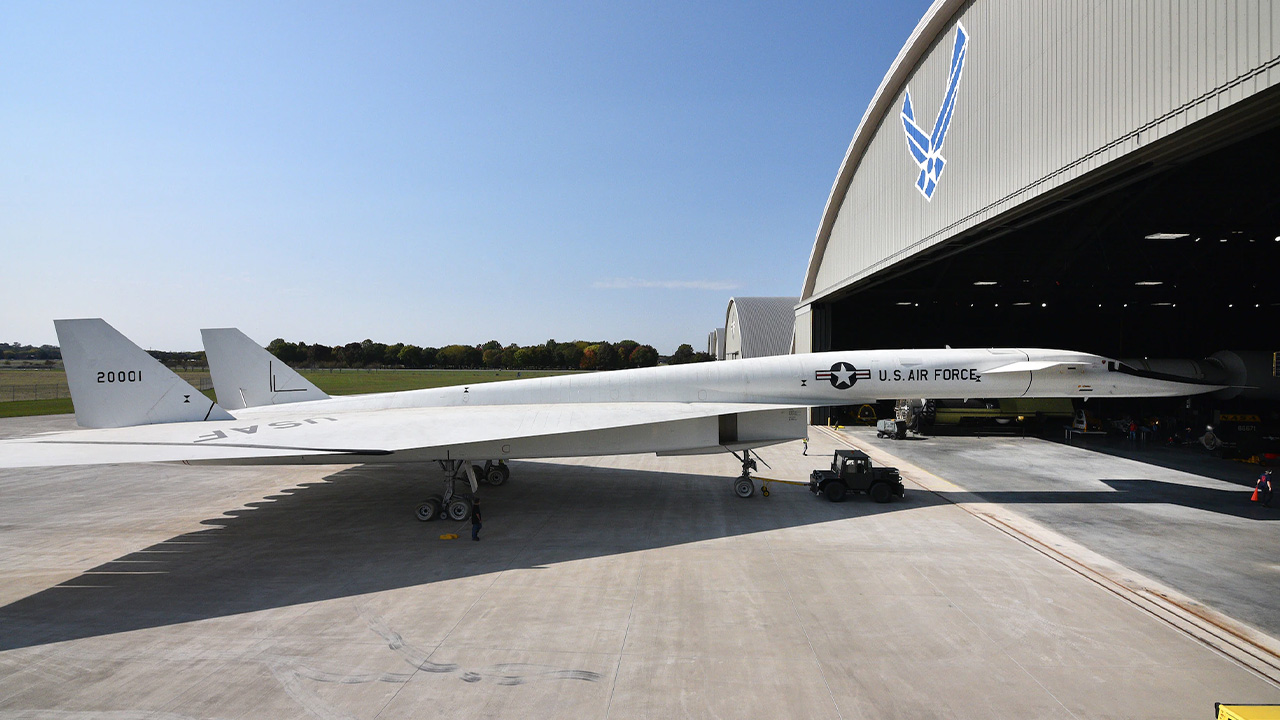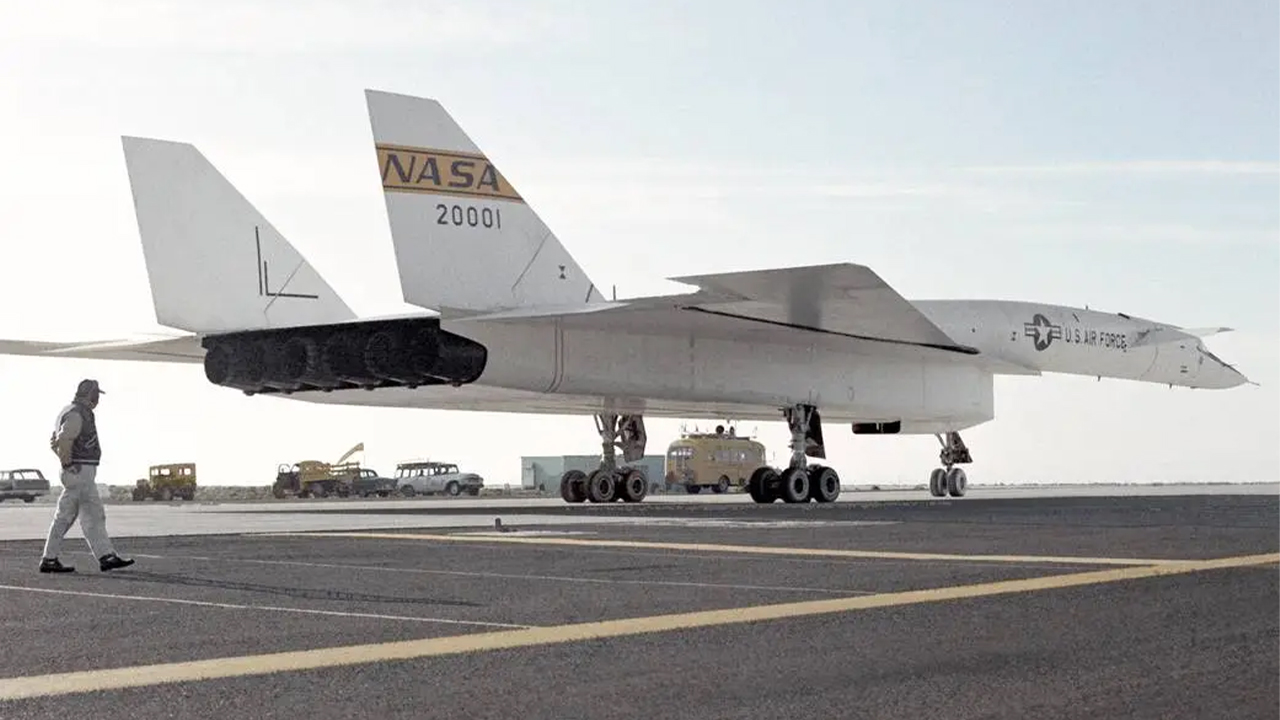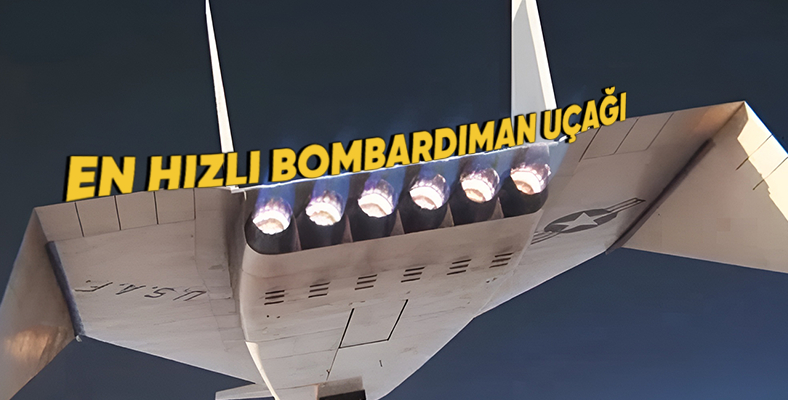At the height of the Cold War, an air race took place that pushed technological boundaries. One of the most striking examples of this race was the XB-70 Valkyrie aircraft developed by the American Air Force.
During the Cold War, Rivalry between the United States and the Soviet Union moved to the skies. One of the most exciting products of this competition, the XB-70 Valkyrie, was a candidate to shape the future of the air force with its supersonic speeds and revolutionary design.
But Valkyrie’s journey unexpected difficulties and it turned into an adventure full of tragic events.
At the height of the Cold War in the mid-1950s, both the United States and the Soviet Union had strategic bombers capable of reaching enemy territory.
US B-52 aircraft
developed by the USA Aircraft such as B-52 and B-58, It was inadequate against Soviet air defense. This prompted the American Air Force to develop a new type of aircraft that could penetrate Soviet defenses.
In this context, Boeing and North American Aviation competed on radical designs. Both companies optimized for supersonic flight but offered designs with different features.
North American Aviation, inspired by a little-known report decompression phenomenon suggested using . This would allow the shock waves to be directed under the plane, creating additional lift force.
The innovative approach was accepted by the Air Force, and North American’s design under the name Valkyrie was selected for development.
The Valkyrie is equipped with six turbojets with afterburners and is designed to operate effectively at high supersonic speeds.
Thanks to its compression lifting force, the XB-70 achieving high lift-to-drag ratios It demonstrated superior performance in terms of aerodynamics. Development of Valkyrie was a process filled with technical difficulties and testing glitches.
The first prototype encountered a number of problems in ground testing and its first flight was delayed several times. on the fuselage and control surfaces during flight tests. such as paint peeling and engine malfunctions. problems occurred.

More importantly, by the 1960s, the Soviet Union’s surface-to-air missiles and ICBMs (Intercontinental Ballistic Missiles) Its development brought the strategic value of the XB-70 into serious question.
These developments limited the aircraft’s potential uses, and the program minimum research project demoted.
In 1966, valuable research on supersonic flight was carried out with the participation of NASA.

But the tragedy occurred during the photo shoot of the second prototype collided with another aircraft and was destroyed happened. The crash was a major blow to the program and research had to be continued with the original prototype.
Although the Valkyrie is an engineering marvel, it will never make it to America. did not join the bomber force but it left a profound impact on the Cold War; When the Soviet Union learned that the Americans were developing a supersonic long-range bomber, it decided to develop its own version. triggered their efforts.
Although the XB-70 was not fully implemented, it is still used in today’s warplanes. an unforgettable trace He definitely left it.
You can access our Cold War content below:
RELATED NEWS
The Underground Tool Developed by Soviet Russia to Sneakily Destroy New York: War Mole
RELATED NEWS
It Almost Started the Third World War: The Berlin Crisis, One of the Most Critical Events of the Cold War Era
RELATED NEWS
Flying Machine Designed in the Soviet Union with an Engineering Intelligence Far Beyond Its Time: VVA-14
RELATED NEWS
II. The Soviet Women’s Airborne Corps, which was a nightmare for the Nazis in World War II: Night Witches
RELATED NEWS
